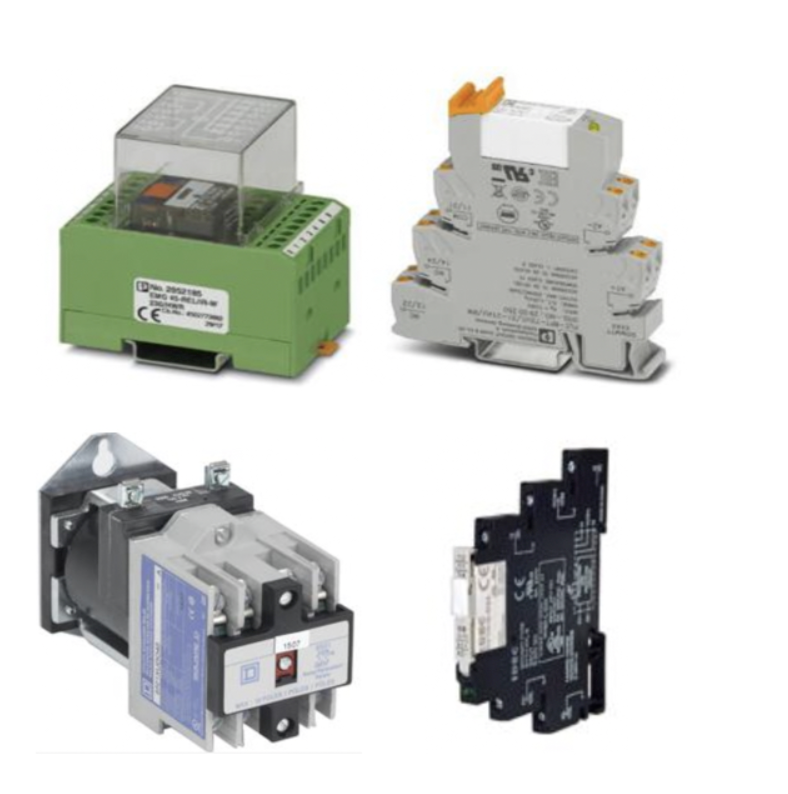Electromechanical Relays

Electromechanical relays are widely used switching devices designed to control electrical circuits through mechanical contact operation. RSP Supply carries a full line of electromechanical relays engineered for efficient circuit management and dependable system performance. These relays operate by energizing an electromagnetic coil, which generates a magnetic field that moves an internal armature to open or close electrical contacts.
Known for their simplicity and reliability, electromechanical relays remain a common choice in many industrial and electrical applications. They are well-suited for handling surge currents, transient conditions, and applications where mechanical isolation and visible switching feedback are beneficial. While solid state relays are often selected for high-speed or high-cycle applications, electromechanical relays continue to be widely used due to their cost-effectiveness and versatility.
Electromechanical relays are available in a variety of configurations to support different control requirements. These include power relays for high-current loads, signal and PCB relays for low-power control circuits, reed relays for fast and precise switching, and latching relays that maintain their state without continuous power. Their flexibility makes them suitable for control panels, automation systems, test equipment, and machine tool applications.
FAQs
Q: What is an electromechanical relay?
An electromechanical relay is a switching device that uses an electromagnetic coil and mechanical contacts to control the flow of current in an electrical circuit.
Q: What are electromechanical relays commonly used for?
They are used in control circuits, automation systems, machine tools, test equipment, and power switching applications where reliable mechanical switching is required.
Q: What types of electromechanical relays are available?
Common types include power relays, signal relays, PCB relays, reed relays, latching relays, and machine tool relays.
Q: How do electromechanical relays differ from solid state relays?
Electromechanical relays use physical moving contacts and provide mechanical isolation, while solid state relays use semiconductor components with no moving parts and offer faster switching speeds.
Q: What is contact life in an electromechanical relay?
Contact life refers to the expected number of switching cycles a relay’s contacts can perform before wear affects performance or reliability.
Why Buy Electromechanical Relays from RSP Supply
RSP Supply offers a broad selection of electromechanical relays designed for reliable switching across industrial, commercial, and automation applications. Our products support a wide range of contact configurations, power ratings, and mounting styles to meet system requirements. Customers rely on RSP Supply for dependable relay solutions, technical expertise, and components built for consistent performance.

